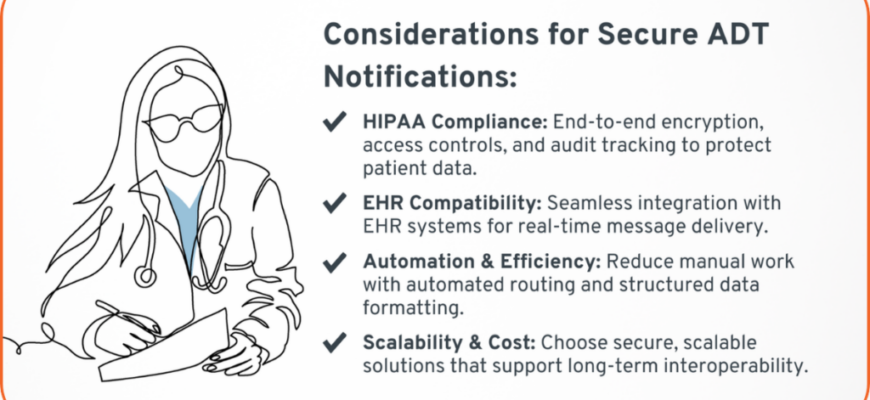In the ever-evolving landscape of modern technology, acronyms often encapsulate complex concepts and revolutionary advancements. One such acronym making waves is A.D.T, or Abstract Data Types. While seemingly esoteric, A.D.T plays a foundational role in computer science and software engineering, shaping the way we interact with technology daily.
What is A.D.T?
Abstract Data Types, or A.D.T, refer to a mathematical model for data types where a data type is defined by its behavior from the point of view of a user, particularly in terms of possible values, possible operations on data of this type, and the behavior of these operations. Unlike concrete data types, which specify the exact implementation of the data, A.D.T focuses on what operations can be performed and what their expected outcomes are.
Key Characteristics of A.D.T
- Encapsulation: A.D.T abstracts the details of implementation, allowing users to interact with the data type through a set of predefined operations.
- Modularity: By defining data types abstractly, systems can be developed in a modular fashion, enhancing maintainability and scalability.
- Reusability: A.D.Ts promote code reuse because the same abstract operations can be applied to different data representations.
Applications of A.D.T in Modern Technology
The application of Abstract Data Types extends across various domains in technology, significantly impacting software development, data management, and beyond.
1. Software Development
In software development, A.D.Ts are pivotal in the design of robust and efficient algorithms. They allow developers to focus on high-level design without delving into the intricacies of data representation. This abstraction facilitates the creation of libraries and frameworks that can be leveraged across different projects, leading to more efficient software development cycles.
2. Data Management and Structures
A.D.Ts form the backbone of data structures like lists, stacks, queues, and trees. These structures are ubiquitous in both traditional and cutting-edge databases, enabling efficient data storage, retrieval, and manipulation. As data continues to grow exponentially, the role of A.D.T in optimizing performance becomes increasingly critical.
3. User Interface Design
Beyond the backend, A.D.Ts influence how user interfaces are conceptualized. By abstracting data interactions, they allow for the separation of interface design from data handling processes. This separation ensures that changes in data logic do not necessitate a complete overhaul of the user interface, promoting a seamless user experience.
4. Artificial Intelligence and Machine Learning
In the realm of AI and machine learning, A.D.Ts aid in abstracting complex data models and algorithms, enabling researchers and developers to innovate without getting bogged down by implementation specifics. This abstraction is crucial in developing algorithms that can adapt to different datasets and applications, paving the way for more versatile AI systems.
The Future of A.D.T
As technology continues to advance, the importance of Abstract Data Types will only grow. With the rise of distributed systems, cloud computing, and the Internet of Things, A.D.Ts will play a vital role in ensuring that data can be managed efficiently, securely, and scalably. Their ability to abstract complexity while maintaining functionality makes them indispensable in the quest for technological innovation.
In conclusion, Abstract Data Types are more than just a theoretical concept; they are a practical tool critical to the advancement of modern technology. By understanding and applying the principles of A.D.T, developers and technologists can unlock new potentials and drive the next generation of technological breakthroughs.


The breakdown of key characteristics like encapsulation and modularity was particularly enlightening. This article is a great resource for anyone looking to deepen their understanding of computer science fundamentals.
I appreciate how the article connects A.D.T to real-world applications such as software development and data management. It shows the practical significance of understanding abstract data types in creating efficient systems.
This piece effectively demystifies the concept of Abstract Data Types. It’s a must-read for students and professionals alike who want to grasp how these abstractions improve code quality and reusability.
This article provides a clear and concise explanation of Abstract Data Types (A.D.T), making it accessible even for those new to the concept. The emphasis on encapsulation, modularity, and reusability highlights the importance of A.D.T in modern technology.
As someone who works in software engineering, I found this article very relevant. It emphasizes how A.D.Ts streamline development processes by focusing on high-level design rather than implementation details.